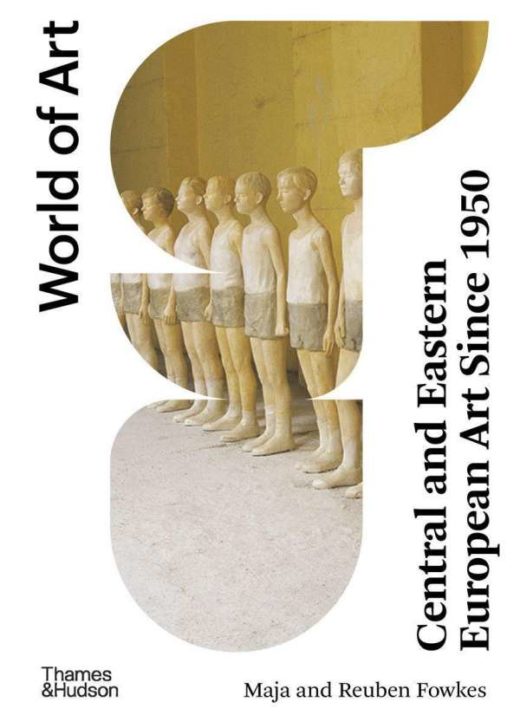In and Out of the Box: Leaps in East/East Dialogues Through the Transnational Activities of Constantin Flondor
A short glance at the East/East dialogues within the timeline of Romanian art of the 1970s and 1980s allows us to identify existing (in)formal cross-border exchanges which foregrounded geopolitical alliances and sporadically connected Romanian artists with like-minded spirits. In the artistic context of the 1970s and 1980s, the state institutions were responsible for foreign cultural agreements and the organization of research trips and touring exhibitions, as well as establishing cultural cooperation with other socialist countries. The assumption that traveling within the Bloc was possible without much difficulty does not always hold true since opportunities were mostly accessible to artists and … Read more








